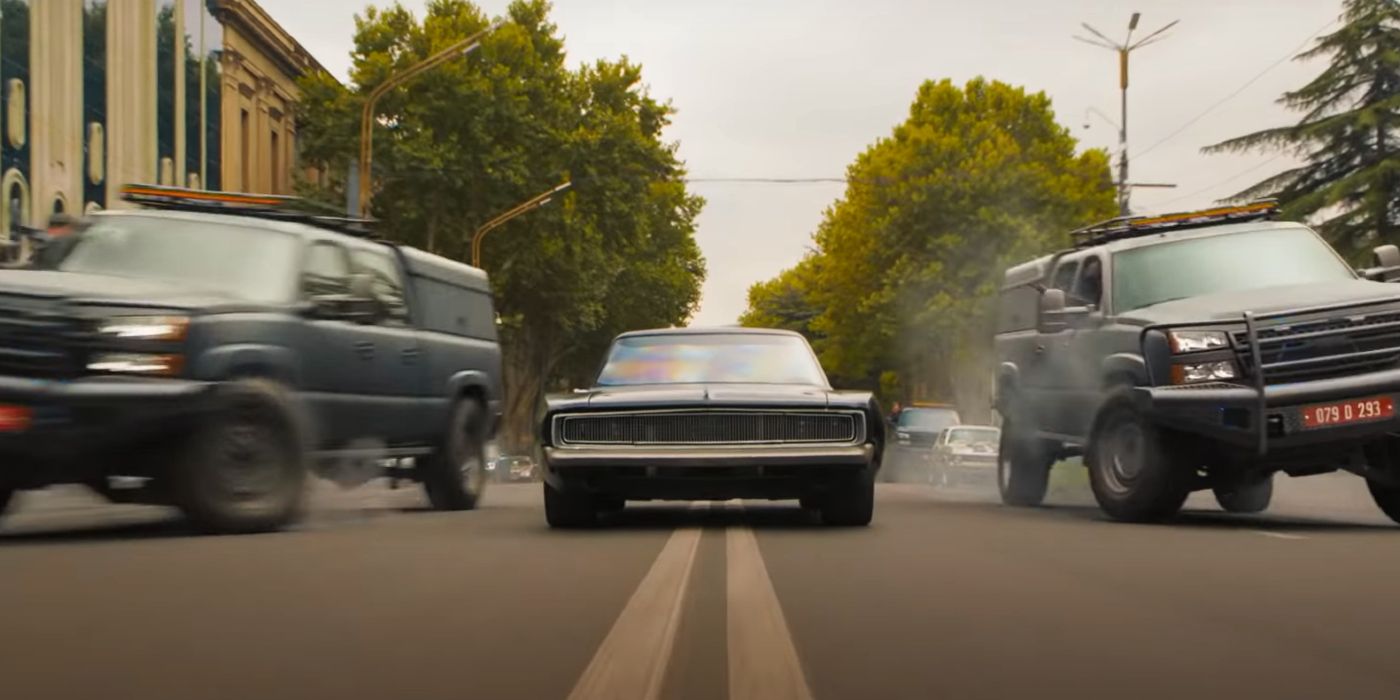F9's new magnet car is amazing, but how scientifically possible is it? The trailers for the upcoming The Fast and the Furious sequel have shown off the new gadget in a series of spectacular set pieces, but the series has never been known for its realism. Does this addition have any kind of basis in scientific fact?
The Fast Saga has had a gradual increase in ridiculousness going from sequel to sequel. What began as a fairly grounded story about street racers who moonlight as thieves stealing things like DVD players evolved into something closer to the James Bond series. The characters go on globe-trotting adventures filled with over-the-top stunts that shouldn't be physically possible. Only recently with the spin-off film Hobbs and Shaw have the Fast movies begun to dip their toes into the realm of science-fiction gadgetry — and it looks like F9 is going a similar route.
The magnet car in F9 is maybe the most prominent example of this in the trailers for the film. Audiences see that a car that contains the device is able to attract and repel metal objects around it, including other cars. Is something like this possible? The short answer is not really. A magnet that has the level of power that is needed in order to do the things in the trailer would have many adverse side effects. It would likely damage the car that's carrying it, and in order to repel and attract with the amount of force within the movie it would require a level of power that could not fit into a car, and it would likely explode bigger than Han did the second that it was turned on.
That isn't to say the magnet car is not a great idea for F9. It's a very fun concept that no doubt is going to be used to create many memorable action set pieces in the final film. The thing is this gadget is designed with a general audience's understanding of magnets in mind. It keeps things simple, exaggerating the basic concepts of magnetism for a spectacular effect. The fictional device elevates a core idea and pushes it to over-the-top extremes, and the simplicity of it makes it so that an audience will never be confused by how it works.
In the end, the Fast Saga is not really based in any kind of realism or scientific fact, and that doesn't stop the filmmakers from indulging in cartoon logic. There is a time and a place for hard science-fiction — and the Fast Saga is not it. F9's magnet car is a perfect example of how the series has begun prioritizing fun over physics, and the series is honestly better for it.



